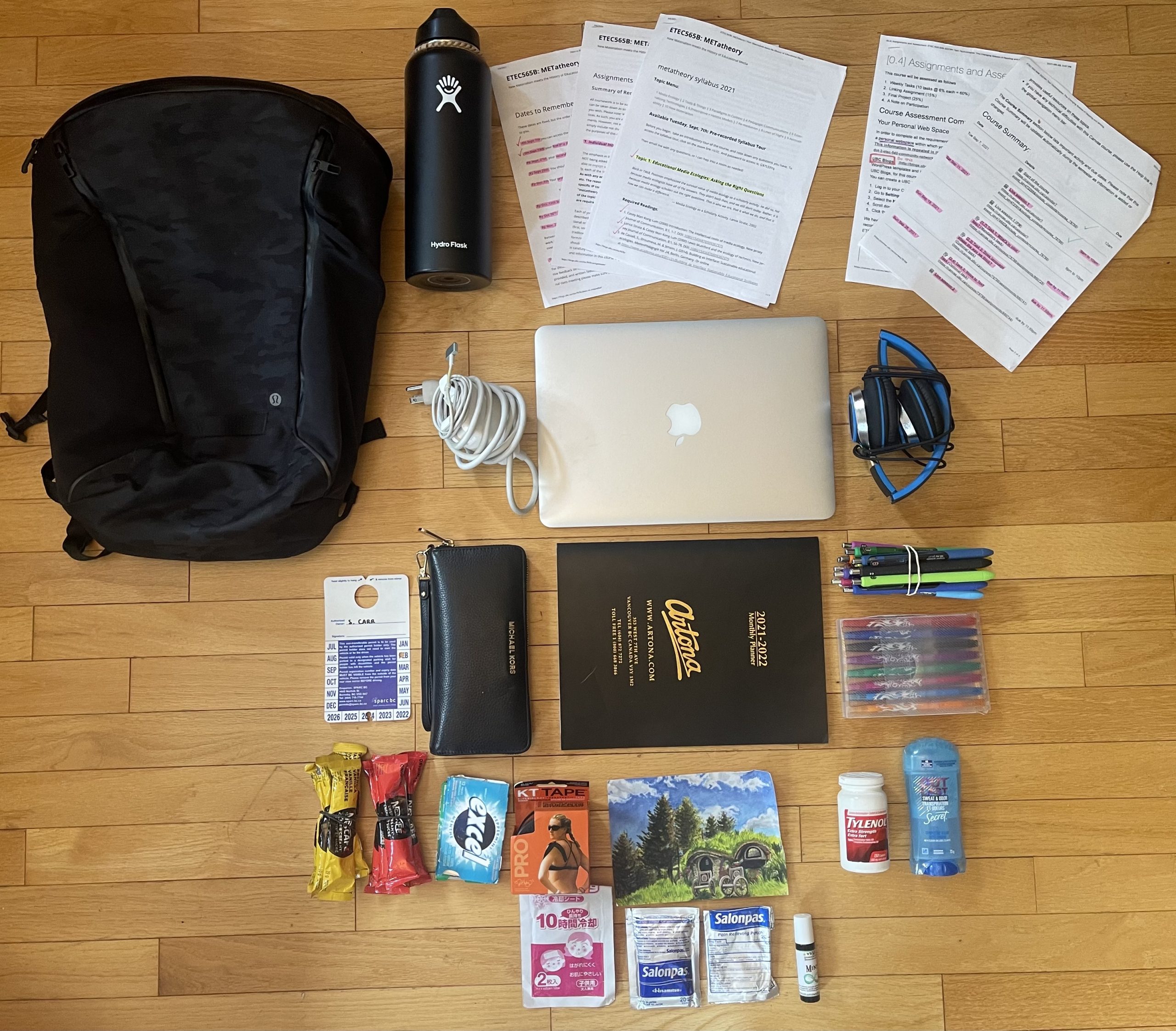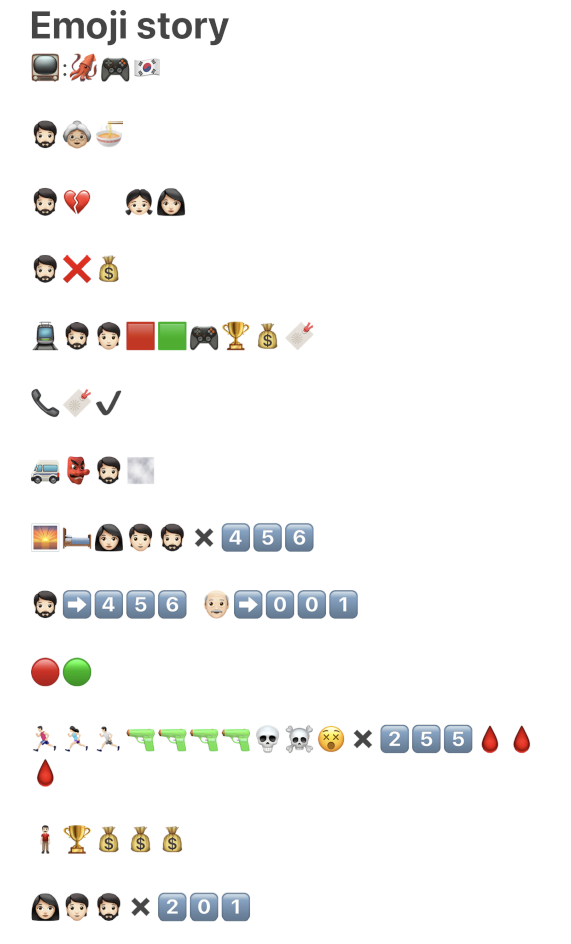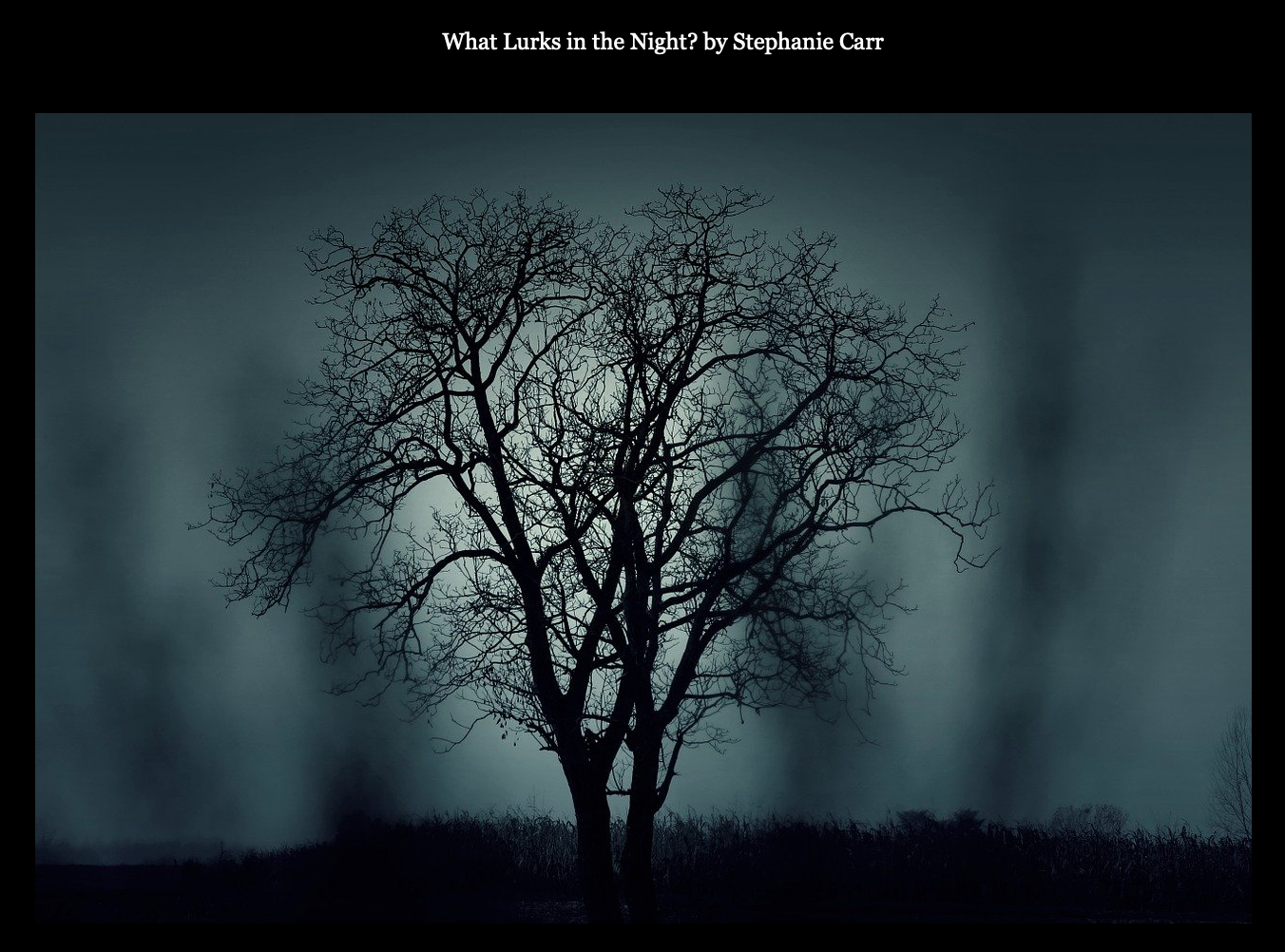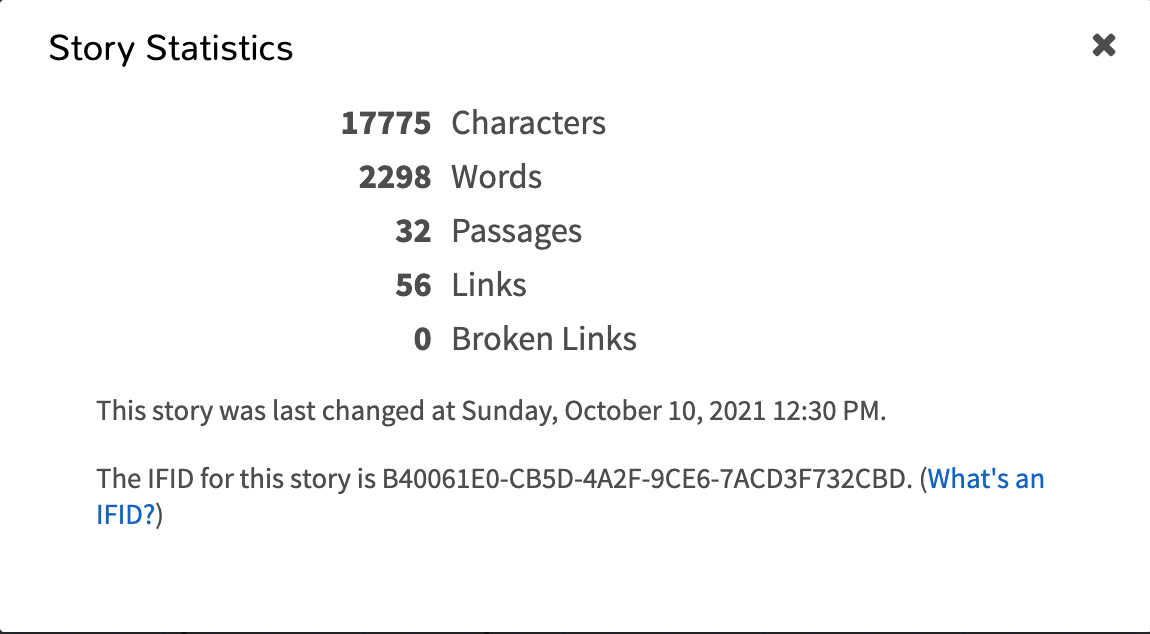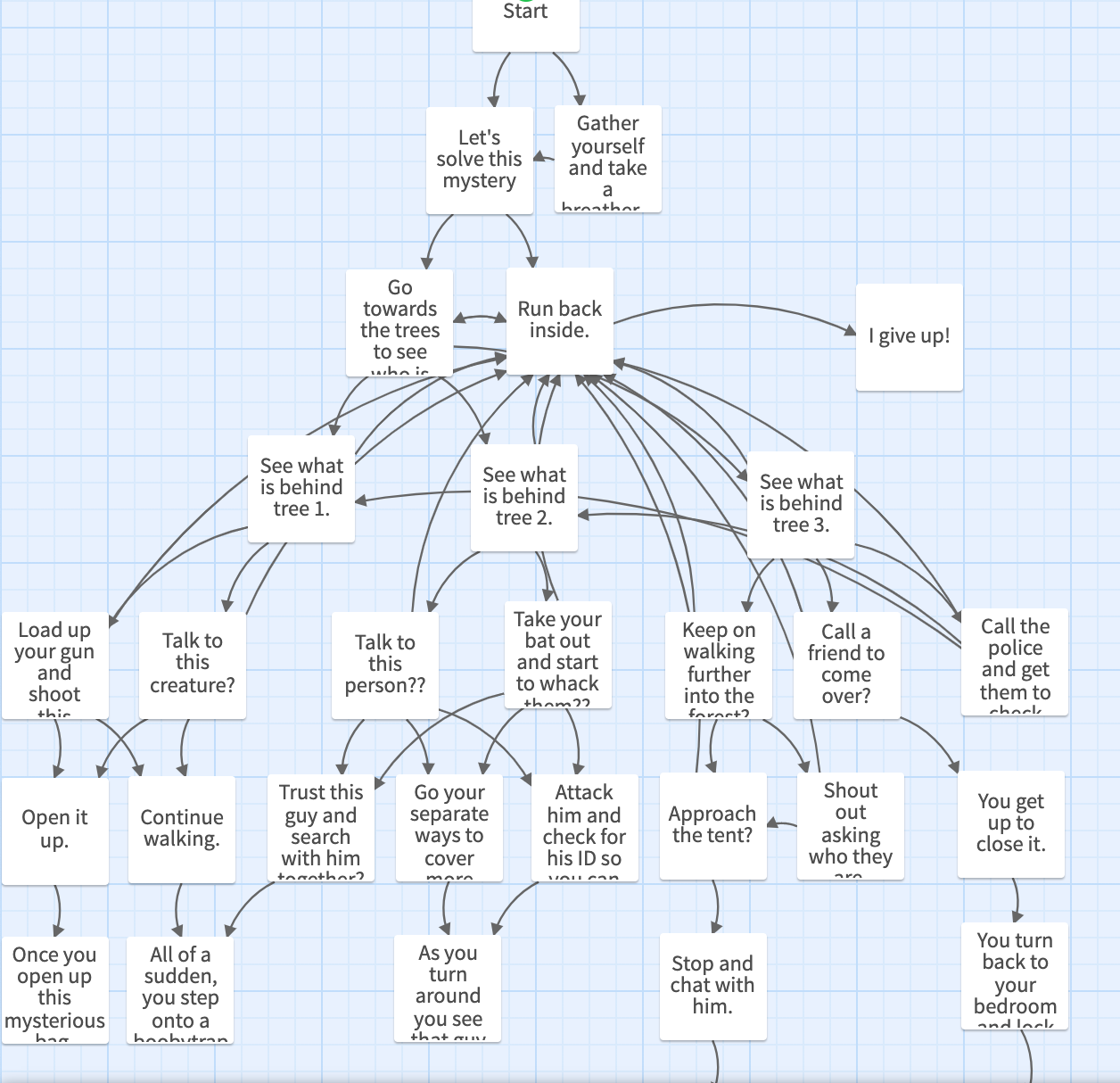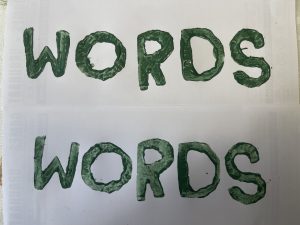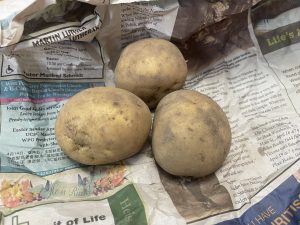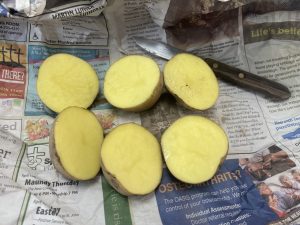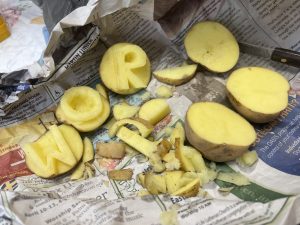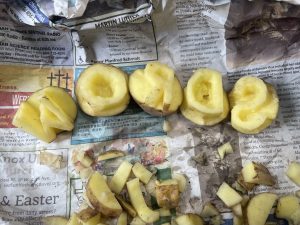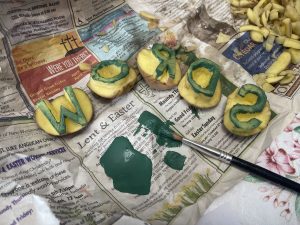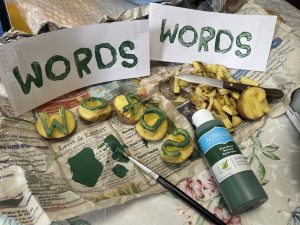While listening to the Voyager’s Golden Record, I chose 10 out of 27 pieces of music. This was a difficult task as there were many more songs I would have included. I decided on these pieces as if I were an alien or a foreigner listening to the music for the first time. Some pieces that I omitted were too high-pitched for my liking making it hard to listen to the whole track, however, the following ten are pieces that I would see an alien swaying to. According to Rumsey in her online discussion, she mentions that we, as humans, need to reflect on the past in order to figure out what is needed for the future (Browns University, 2017). Therefore, hearing these pieces could allow an alien to recreate the music as there were not many complex instrumental sounds in these tec pieces of music.
I am not an instrumental specialist at all, however, these are pieces of music that my own ear appreciated. The 10 songs that I chose also reminded me of certain events and places that I have travelled to in my life, or just simply I enjoyed the sounds and tunes of the song.
Here are my top 10 picks.
- Peru, wedding song, recorded by John Cohen. 0:38
- “Melancholy Blues,” performed by Louis Armstrong and his Hot Seven. 3:05
- “Johnny B. Goode,” written and performed by Chuck Berry. 2:38
- India, raga, “Jaat Kahan Ho,” sung by Surshri Kesar Bai Kerkar. 3:30
- Holborne, Paueans, Galliards, Almains and Other Short Aeirs, “The Fairie Round,” performed by David Munrow and the Early Music Consort of London. 1:17
- Mexico, “El Cascabel,” performed by Lorenzo Barcelata and the Mariachi México. 3:14
- Bach, “Gavotte en rondeaux” from the Partita No. 3 in E major for Violin, performed by Arthur Grumiaux. 2:55
- Bach, Brandenburg Concerto No. 2 in F. First Movement, Munich Bach Orchestra, Karl Richter, conductor. 4:40
- Tchenhoukoumen, Senegal, percussion, recorded by Charles Duvelle. 2:08
- Beethoven, Fifth Symphony, First Movement, the Philharmonia Orchestra, Otto Klemperer, conductor. 7:20
| Peru, wedding song | This song is done in vocals with a female voice with no instruments. The sound of her voice is so beautiful that I feel like instrumentals would take away from sound. The sound of the female’s voice sounds young and intriguing that I wish I knew what was being said. This song would let aliens know that music can be done acapella and that all they need is their voice to create a sound that is pleasing. |
| Melancholy Blues | I thought it would be nice to add some jazz for the aliens to hear. This piece of music has brass instruments. Do I hear a trombone and a trumpet? This track reminds me of being down in the South listening to Jazz music on the streets of New Orleans, Louisiana. Now I feel like some crawfish, turtle soup, jambalaya and some Creole chicken. |
| Johnny B. Goode | This song just makes me want to get up and dance. I feel like it would also have the same effect on any life out in space. There is such a positive and upbeat sound to this tune that your feet would simply just tap if you did not get up and dance. It also makes you feel like you are playing air instruments and having your very own solo. |
| Jaat Kahan Ho | I liked the sound of this song as it would be great for another language to be put on this track. I feel like life in outer space knows the languages of those who have travelled from Earth. Therefore, having another language could be interesting for them to listen to. As well, they would realize that there are more languages than they may be aware of. |
| The Fairie Round | This track just makes me feel happy and makes me smile. I think it is because it reminds me of a German Christmas Market drinking mulled wine and buying knickknacks for those I believe will appreciate the kind gesture. |
| El Cascabel | In this song, it features a male voice, has an upbeat tune, and contains a guitar. It makes me think of eating at a Mexican restaurant or actually being in Mexico City listening to live music. The lights would be dimmed and I would have red wine in hand while tapping my feet along to the music. |
| Gavotte en rondeaux | The violin on this track sounds so beautiful that it is a must to be added. I can just picture two aliens closing their eyes and just moving their head to the sound and listening to each stoke of the strings of the violin. This song is very famous, which means that many countries are aware of this tune, so why not bring it to space so that the aliens can hear a famous song. |
| Bach, Brandenburg | This song is music that is light, easy to listen to, and can be playing in the background while doing just about anything for a nice ambience. I hear a flute and a violin. This reminds me of when my mom would take me to ballets and musical performances at the Queen Elizabeth Theatre. |
| Tchenhoukoumen, Senegal | This piece of upbeat music has many percussion instruments that makes it stand out compared to other songs that I omitted. I also like how there are layers of sounds which can display to the aliens that more than one sound can be put together to create a pleasing track. To me, this piece has positive vibes which could suggest that those on earth can, and possibly are, humans who have positivity within them. |
| Beethoven, Fifth Symphony | This piece of music is a classical song that only consists of instruments that are string and does not include any vocals. To me, this song is full of suspense which would show the aliens that music can sound different and allow listeners to feel different emotions. This song was created from 1804-1808, yet it is still a popular song today. Therefore, depending when the aliens receive this record, this song will still be a tune that will continue to be liked on different planets in hundreds of years to come. |
References
Brown University. (2017). Abby Smith Rumsey: “Digital Memory: What Can We Afford to Lose?”. Accessed via YouTube at https://www.youtube.com/watch?time_continue=4&v=FBrahqg9ZMc&feature=emb_logo
